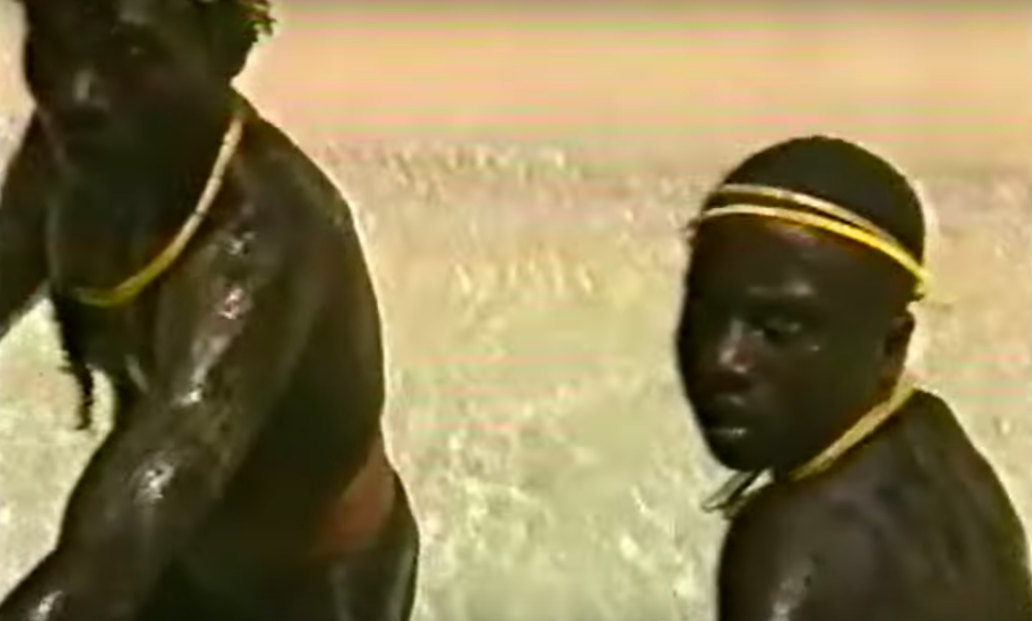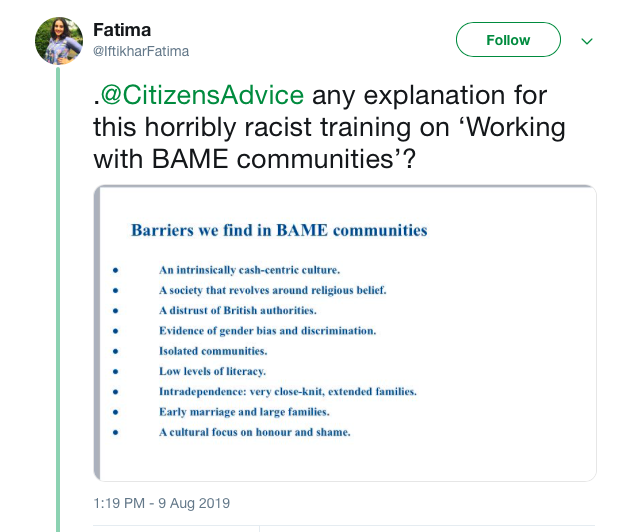
Leave the Sentinelese alone – they don’t need Christianity or Western aid
Sirena Reynolds
29 Nov 2018
image via YouTube
Last week, John Allen Chau, an American missionary, took it upon himself to “declare Jesus” to a self-contained group of people known as the Sentinelese, a tribe who has lived in isolation for roughly 60,000 years. Chau headed to North Sentinel Island, in the Bay of Bengal, which is home to the Sentinelese, who have violently rejected contact with outsiders. Chau decided a civilisation that pre-dates Christ by at least 55,000 years needed him to tell them about Jesus. And in doing so, he lost his life. The local fishermen he bribed to take him to the island reported that upon a return trip back to check on Chau, they witnessed the locals burying his body on the beach.
Chau was just 26 – of course his death is tragic. But his unfortunate demise should serve as a stark warning to anyone else hell-bent on a mission of white savourism, Because Chau threatened this tribes very existence by ignoring their very clear wishes. And the debate around whether to rescue his body from the beach or not, means that he is continuing to jeopardise an ancient and wilfully isolated people from beyond the grave.
The Sentinelese are a people who have preserved their way of life against all odds – now all eyes are on this tiny island located off the Bay of Bengal which means at present, they are in incredible danger. Indigenous tribes are under threat now more than ever as evidenced in Brazil, where the new far-right president has vowed to allow mining in indigenous villages. Now, the global spotlight is facing firmly on North Sentinel Island; many are pontificating on the various challenges involved in recovering Chau’s body, and a murder investigation involving the tribes-people and the fishermen. All this attention may also be encouraging others to take up the challenge where Chau failed. But of course the Sentinelese people aren’t a bucket-list item for misguided “explorers” to check-off on their gap year. The tribe are protected, and so they should be and going to North Sentinel island remains a punishable crime.
So often, with exploration comes exploitation. Exposing the Sentinelese to Western influence could result in illness and death due to a low resistance to our bacteria and illnesses. The inhabitants of the nearby islands have suffered devastating losses in the past. The Jarawa people were nearly depopulated by lack of immunity to infectious diseases. Alcoholism was also a significant issue; today only a couple of hundred remain. And the Jangil are completely extinct, yet the Sentinalese remain intact – despite first being observed in the late 13th century. Their success can be largely attributed to their isolation.
In 1981, a cargo ship named The Primrose ran aground on the coral reef surrounding North Sentinel. The crew radioed for assistance and settled in for a long wait. But in the morning they saw 50 men with bows on the beach, building makeshift boats. pic.twitter.com/vuEsvKyskC
— Respectable Lawyer (@RespectableLaw) November 23, 2018
Their actions, though violent, are a response that likely stems from ancestral trauma. British naval officer, Maurice Vidal Portman, (who served as a colonial administrator for the Andaman and Nicobar island chain) decided to kidnap two elders and four children in 1880, as evidenced in a book he wrote about the Sentinelese and the Jarawa people. No-one really knows what he did with the people – one detailed (and now, viral) Twitter thread provides evidence that Portman had a strange, erotic obsession with the tribes-people. But in the end the elders died and the children were returned to the island, no doubt passing down this story to their elders, and imbuing the whole island with a fear of strangers for generations.
Subsequent efforts to contact the Sentinelese have been mixed. In 1981, a cargo ship named The Primrose ran aground on the coral reef surrounding North Sentinel, and the tribespeople were reported as building make-shift boats equipped with weapons, to board the boat before the crew were airlifted to safety. In 1974, the tribe also shot a director working for National Geographic in the thigh, an achievement in which the marksman openly rejoiced.
The only person they’ve had limited, semi reasonable interactions with is Indian anthropologist, T. N. Pandit. Pandit made efforts to observe and interact with the tribe over a roughly 20-year (1967- 1991) period. In 1991 they accepted coconuts from his crew (as seen in the video below) curiously inspected items on the dinghy and spoke to the crew in their parlance which is a language isolate; distinct from every known language on earth – including those of nearby islands. This is the only known peaceful contact. Thereafter, the tribe made it clear they had grown weary of Pandit’s presence; they turned their backs, made menacing gestures and shot headless arrows as a warning.
The Indian government soon ended the contact expeditions and laws were enacted to ensure mutually assured safety. Two fishermen broke this law in 2006 by illegally crab fishing off the coast of the island. Despite warnings from locals, they allowed themselves to drift towards the shore where they met a predictable fate. Any death is tragic, but where the price of interaction is death, is this brand of tribal justice not simply a form of self-defence?
Naturally we dwell on the motivations of the man who risked his life in an attempt to do something doomed to failure. It evokes questions about fate, hubris, arrogance and faith. But sadly, Chau comes across as a fundamentalist who found a fast track to martyrdom. Messages found his diary suggests he knew death was a probable outcome. He was warned – not least by the Sentinalese themselves – yet he persisted. This highly elaborate suicide seemed to go exactly as planned.
We may not share a common language with the Sentinalese, but they have repeatedly made their feelings known, without ambiguity. They don’t want aid, gifts, care, curiosity, concern, to be counted, observed, acknowledged. They want to be left alone. If they’re willing to go to such lengths to protect their culture, then it must be worth fighting for. Let’s do this tribe a favour and forget about them.








